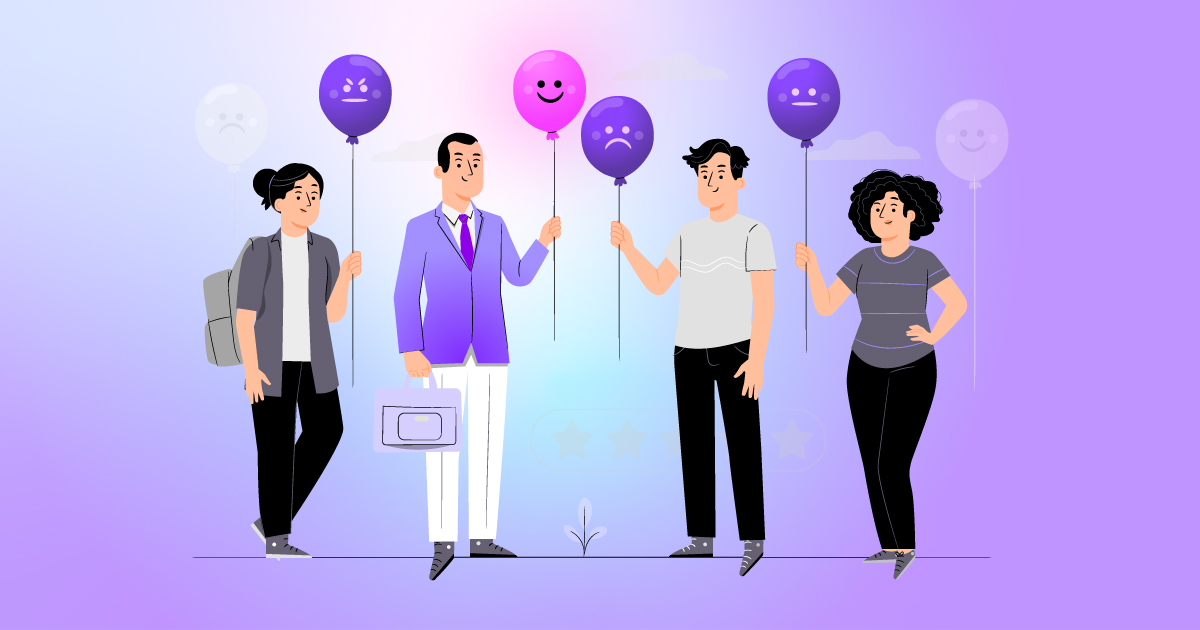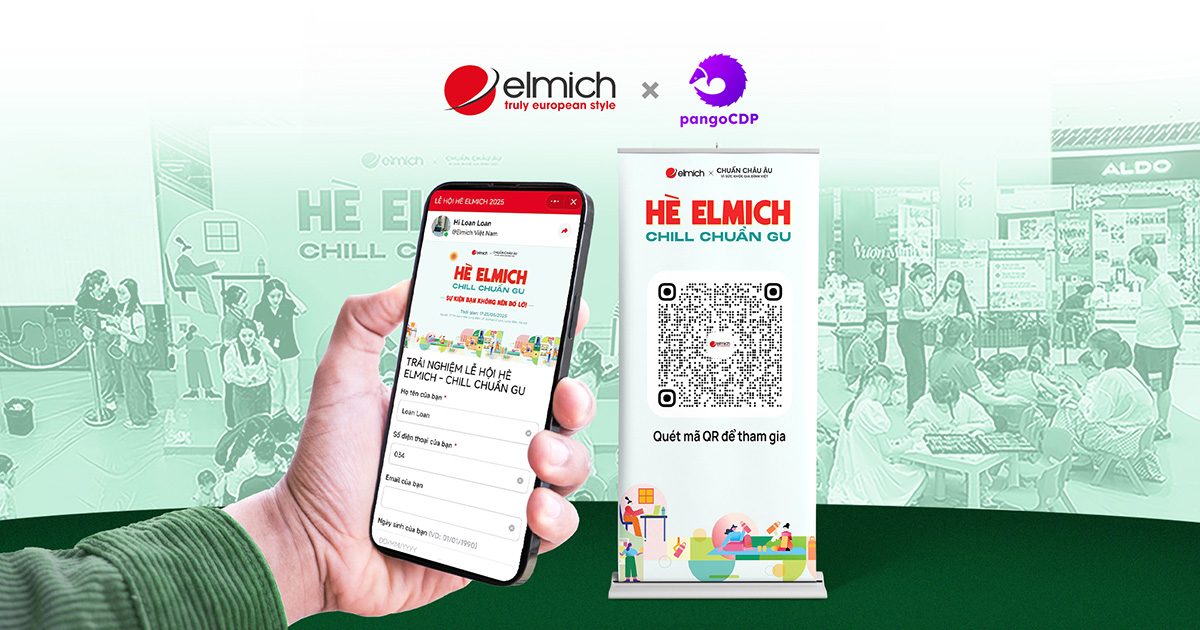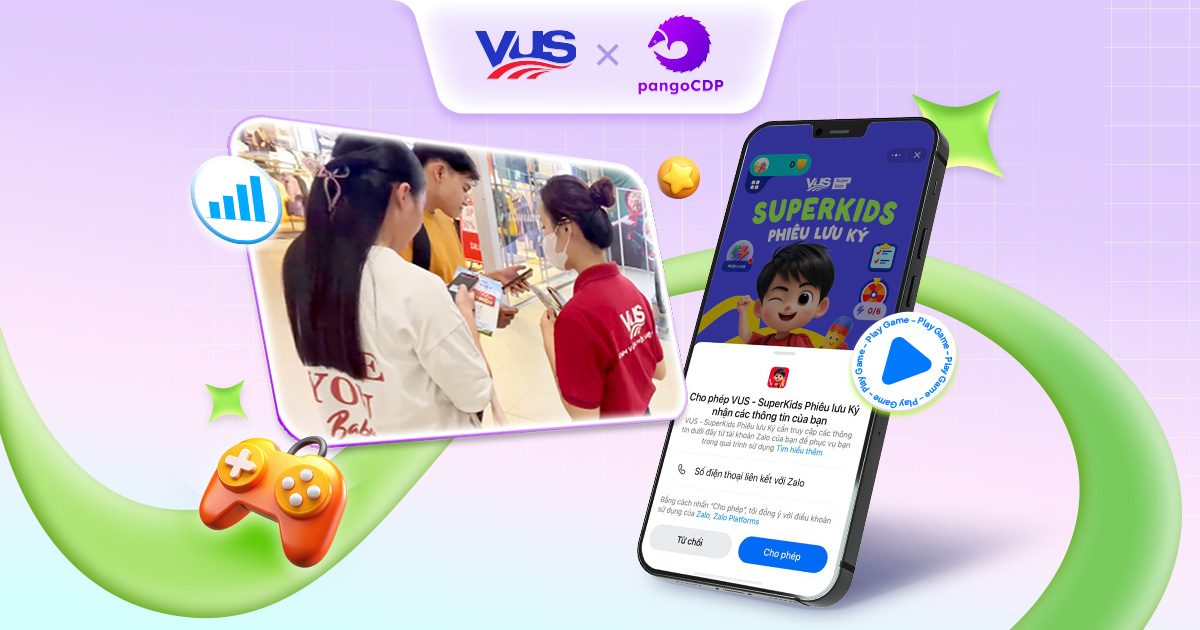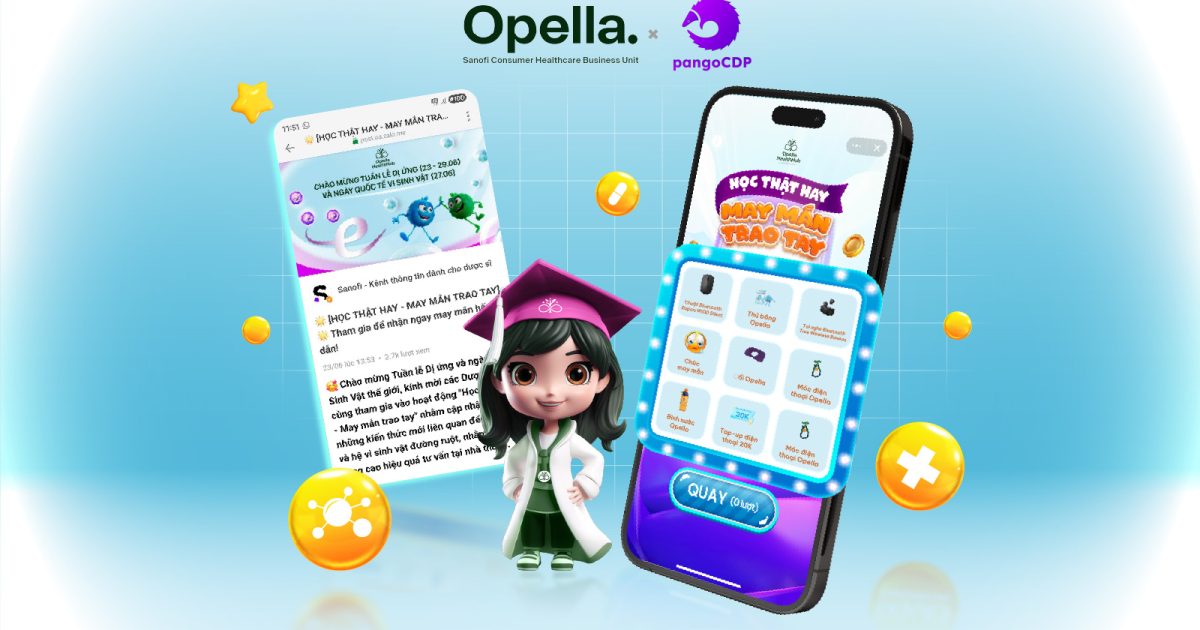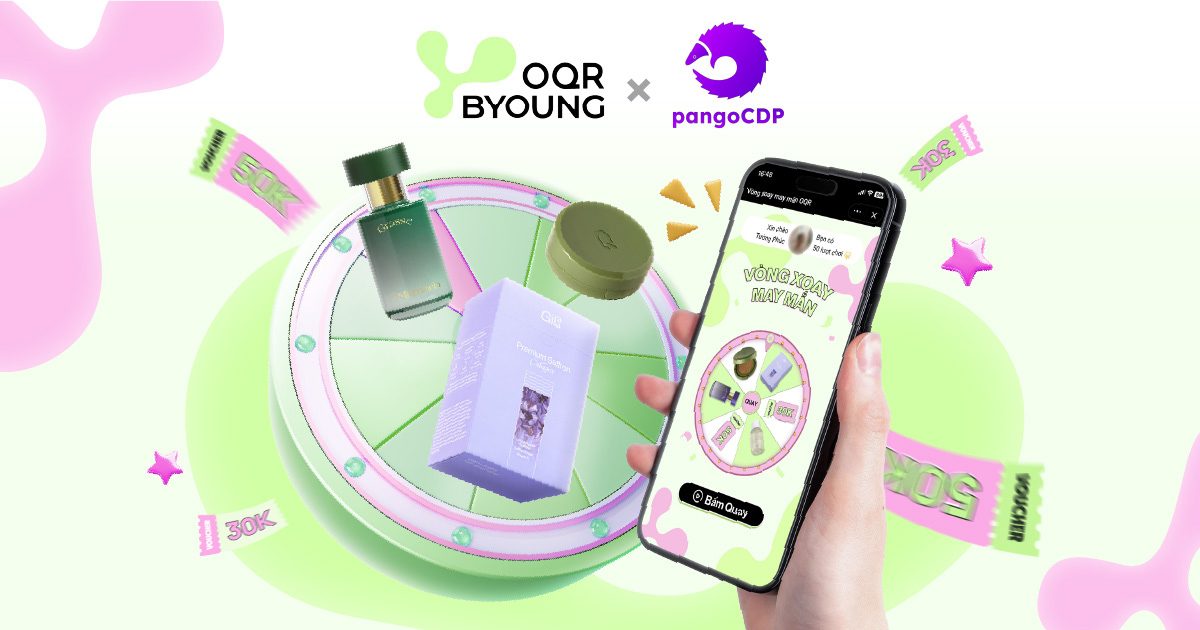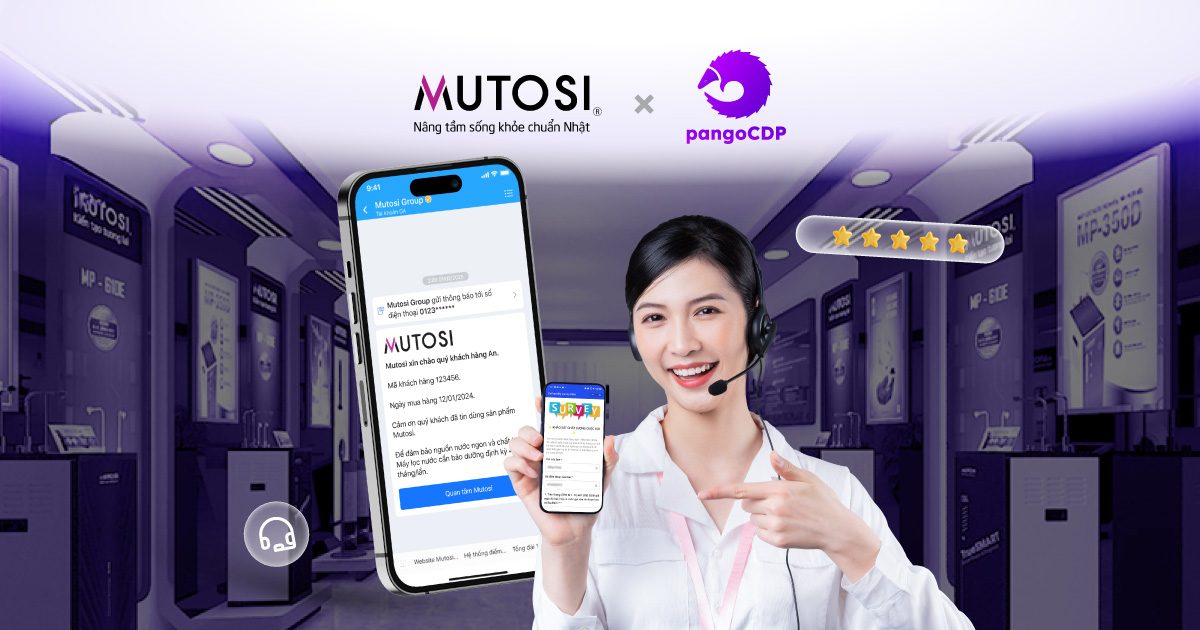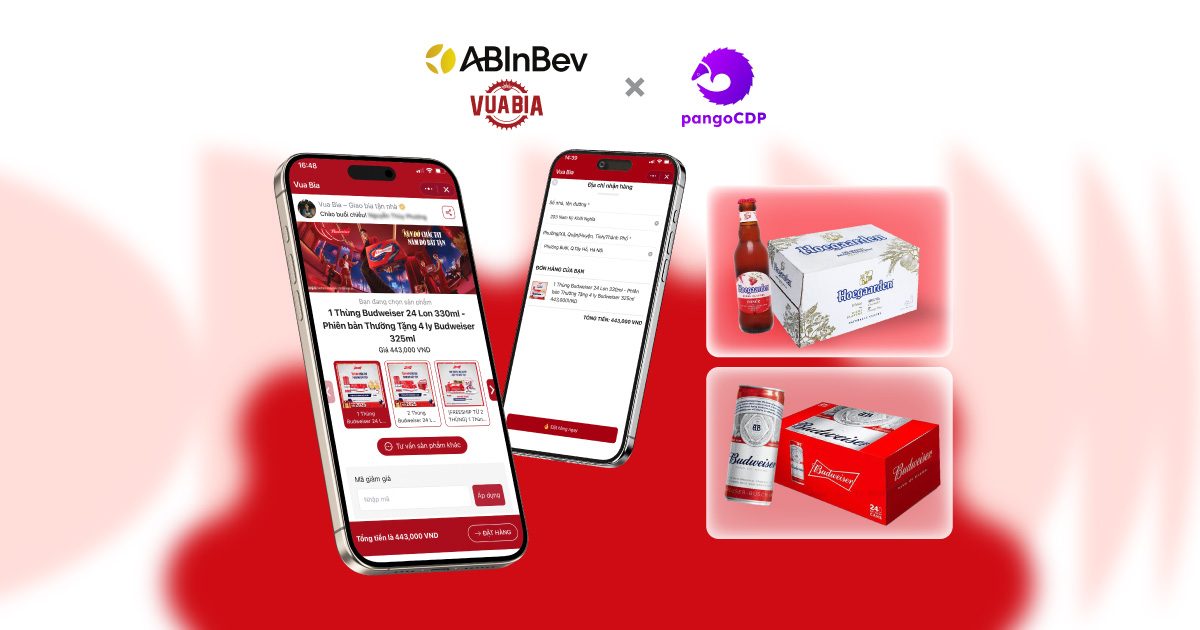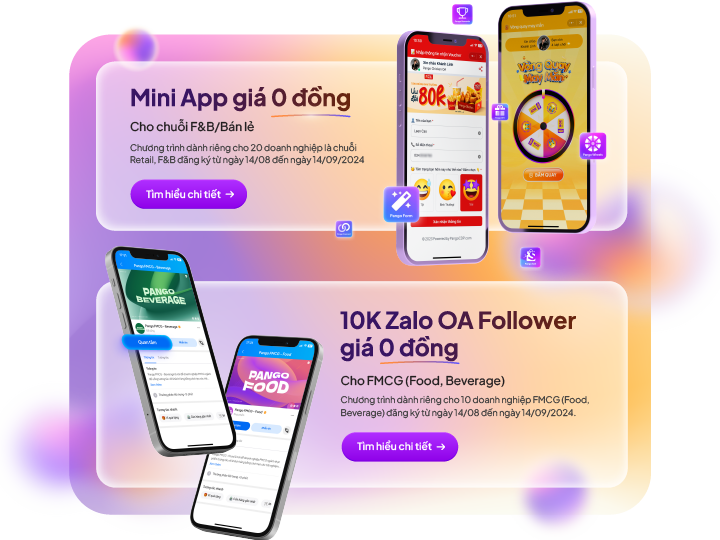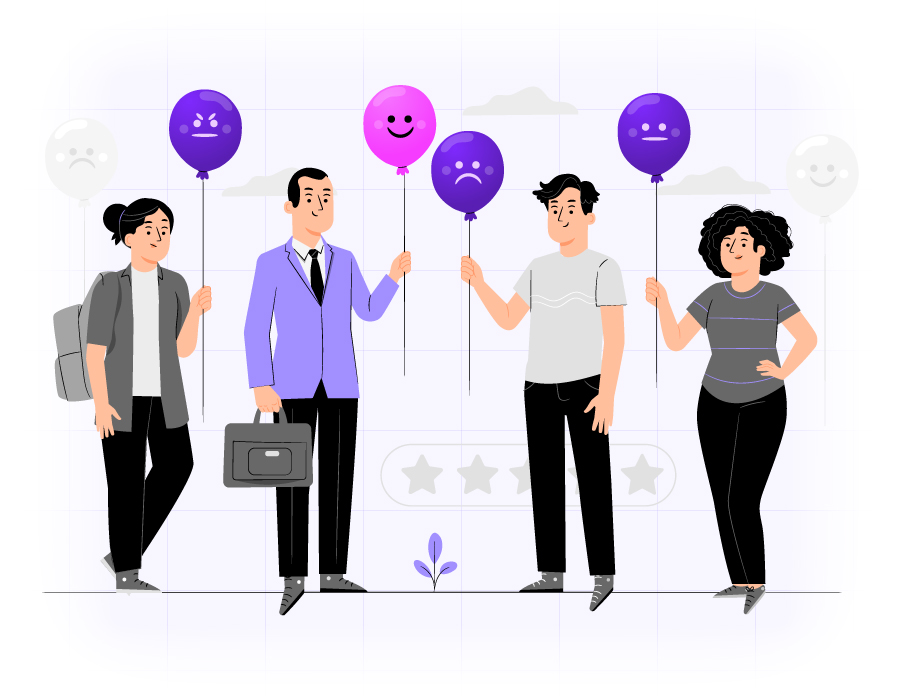
In this article, PangoCDP delves into customer psychology, practical methods so that businesses can accurately identify who are loyal customers and maximize the value of their most valuable customer segment.
Who are the loyal customers?
From a data perspective, many businesses still struggle to identify their loyal customers. Do you agree that a customer with a Diamond card may not necessarily be a loyal customer.
Taken from the practical view of businesses, PangoCDP suggests factors that better recognize loyal customers as follows:
- Connect with the business for a long time.
- Satisfied with the quality of products and services of the business.
- Less price sensitivity compared to similar products on the market.
- Willing to provide feedback to help the business improve products and services.
- Willing to refer new customers to the business.
With these characteristics, businesses can confidently confirm that this is a loyal customer.
From habit to loyalty
Loyalty starts with habit
Habits can be seen as the first level to mark the engagement between Customers and Businesses.
There is a psychological analysis suggesting that humans have a natural inclination towards familiarity. Specifically: Driven by a need for security, most people tend to products or services they’ve used before. If the product or service they choose is ”good enough”, customers are often not motivated to try other products even though in fact the new product may be much better.
Starting to create habits for Customers is the key to converting new Customers into Loyal Customers.
One of the methods to form a habit for the Customer is the frequency of interaction, even if it is the Customer who has not made a purchase. Once you have established a familiar interaction channel with customers (SMS, Email …) Businesses need to regularly update useful information so that customers can be impressed and remember the Brand. When customers have habitual needs, they will tend to prioritize choosing products or services of the business.
Habits start from ‘trying’
Behaviors form habits, one of the starting points to create behavior and the relationship between the product and the customer is the “trial”. “Try” to buy the first order, “try” to experience the service for the first time…. Therefore, businesses need to create the best experience for these “trial” times.
In the first time using the product or service, the customer will choose the products that the market or customers who bought earlier rated well. A vivid example of this is the trick to choose a restaurant that we have never eaten by looking at the number of diners in the restaurant. In a series of shops located on the same road, if any shop has a larger number of customers than the rest, the probability is high that the quality of the food and service of that restaurant is better.
Whether or not a customer will “try” your product or service depends on several factors. First, it’s driven by the customer’s needs. Then there is the convenience of accessing products such as: close location, 24/7 service time, etc.
“Don’t let time together become a habit”
Customers using iPhones have a 95% likelihood of purchasing an iPhone again in their next purchase. This demonstrates the loyalty customers have towards Apple. However, whether these customers remain loyal to the retail chain distributing iPhones is a different story.
At this level, a deeper analysis of customer purchasing behavior is necessary. If promotions are a significant factor, there is a high risk of customers leaving if competitors offer more attractive promotions.
It can be seen that habits create loyal customers. However, in the long run, it is necessary to transform this into trust and a deeper bond between customers and the business.
To stand firmly in the market, businesses must face potential risks from competitors, the emergence of new products, objective risks and another serious problem: Media crisis.
When a media crisis occurs, whether customers stay with the business or leave depends greatly on their trust and love for the brand.
The media crisis story of business H in 2021 is an example. In mid-2021, the business encountered a problem of suspected banned substances that could be harmful to consumer health. At that time, the online community, who were also consumers, immediately called for a boycott of the product. However, some consumers expressed a desire to wait for an official response and accurate conclusions from the authorities. After the incident, the company proved that the product did not contain banned substances and maintained customer trust.
3 criteria to evaluate the level of engagement of loyal customers
Based on the analysis of the loyal customer segment, PangoCDP offers 3 criteria to evaluate the loyalty of customers’ engagement to the business:
Purchase Frequency
Businesses can evaluate the level of customer engagement through purchasing behaviors. In which, the purchase frequency is a key metric.
Monthly order values might not be high, but regular, stable purchase frequency is one criterion for evaluating customer engagement. For some products or services, customers who make a second or third purchase are already considered basically loyal.
For example, a supermarket that sells food, filtering customers who consistently purchase once a week over several weeks or months can conclude that they’re loyal customers.
PangoCDP suggests that businesses consider encouraging these groups of customers to accumulate points for rewards that will create a safeguard against competitor threats.
Satisfaction Level
Twenty percent of first-time customers who are satisfied will make a second purchase, and satisfied second-time buyers are more likely to become regular customers of higher-value products. Our task is to increase this 20% of customers.
One of the traditional methods but still effective to evaluate the loyalty level of customers is to conduct customer satisfaction surveys regarding a business’s services or products.
These surveys can be designed from simple to complex to evaluate many aspects of customer satisfaction. In which, the highest level is when customers are willing to refer new customers to the business (referral).
Creating community reviews on independent review sites, Google Maps or comments on the fanpage is also a factor that helps customers have a choice base. Official media channels also help customers have peace of mind when the image of the business is supported by reputable units in advertising.
Online & Offline data
Purchase data can reveal customer loyalty levels:
- Purchase frequency per month
- Interval between purchases
- Average order value
- Predicted probability of repurchasing specific products
- Predicted churn rate or non-returning customers within a certain period
Customer interaction data on online channels is also a criterion to evaluating customer loyalty:
- Website visit frequency
- Interactions on channels: Facebook, Zalo, etc.
- Customer feedback results when receiving messages or emails from the business
- Time taken to purchase a product from the first online ad exposure
These are crucial pieces of information to help businesses understand the group of customers that needs focused care. From there, they can build appropriate retention strategies to achieve high effectiveness.
Use PangoCDP to retain loyal customers
With its ability to collect and unify multi-channel customer data, combined with powerful tracking and segmenting tools. PangoCDP can completely help you get the customer’s online purchase and interaction data as desired.
From there, you can analyze and evaluate the loyalty of existing customers to select the right product at the right time when customers have a need to ”try” or repurchase that product.
Don’t forget to segment customers into smaller groups for personalized service. Segmenting customers into specific groups helps you retarget them with the most appropriate message, to the right person, at the right time, and on the right channel in real-time.
You can be confident in approaching and caring for multiple customer groups on multiple channels simultaneously. Because all is done completely automatically by DMA (Digital Marketing Automation). The automated campaign scenario design and execution tool makes campaign deployment and monitoring easier than ever.
These are just a few tips to help you don’t overlook any loyal customers. Now, implement your customer loyalty strategy starting with leveraging customer data using PangoCDP.
Not only data exploitation strategies, but also detailed marketing campaign implementations for businesses based on data orientation and much new knowledge around The Master Channel will be presented in detail in The Main Interaction Channel – The Master Channel, Volume 1.
Six chapters of the book will guide readers through the impressive development journey of interaction methods between businesses and customers.
From the most primitive forms to multi-dimensional interactions in the smartphone era, the book will present successful stories along with leading global brands in boosting revenue by enhancing customer experience, explaining the success of The Master Channel concept when applied at two leading Vietnamese companies, Nutifood and CellphoneS.
The book is now available at Fahasa, Phuong Nam, Hai An, Ca Chep bookstores, and online at 24h bookshops and e-commerce platforms like Tiki, Shopee, and TikTok Shop. You can also quickly order the book here: https://i.o2o.vn/H767

